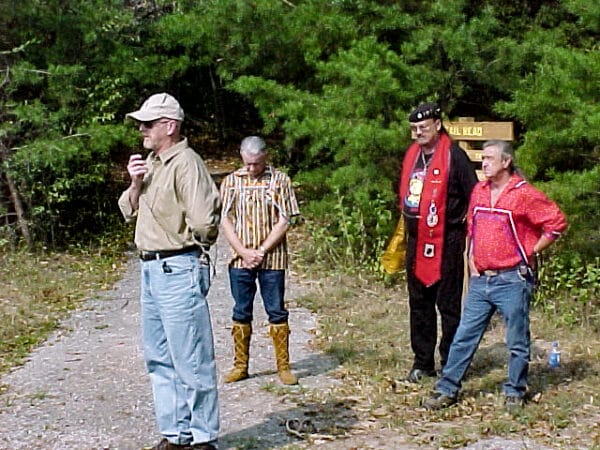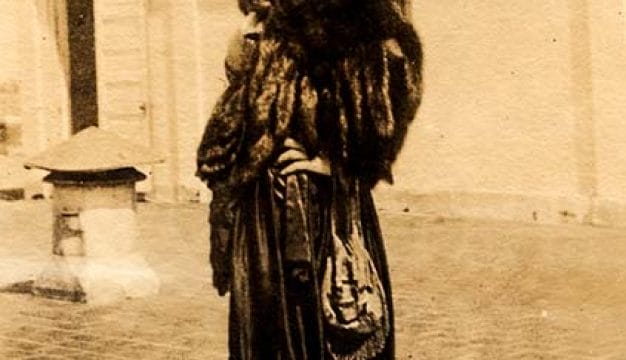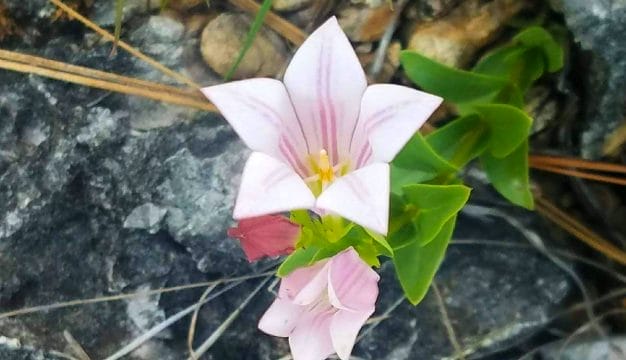Echota Cherokee Tribe of Alabama
 Echota Heritage Site
The Echota Cherokee Tribe is a state-recognized Native American group in Alabama, with its tribal headquarters located in Falkville, Morgan County. The group claims to trace its origins to the Southeastern Indians’ involvement in the American Revolutionary War. There are more than 32,000 members across the state who trace their heritage to the Chickamauga faction of the Cherokees.
Echota Heritage Site
The Echota Cherokee Tribe is a state-recognized Native American group in Alabama, with its tribal headquarters located in Falkville, Morgan County. The group claims to trace its origins to the Southeastern Indians’ involvement in the American Revolutionary War. There are more than 32,000 members across the state who trace their heritage to the Chickamauga faction of the Cherokees.
In the winter of 1776-77, a faction of Cherokees under the leadership of war chief Dragging Canoe moved west from the tribe’s main settlements to near present-day Chattanooga, Tennessee. This group split from the main tribal settlements to continue their military resistance against encroaching American settlers. Dragging Canoe and his supporters had sided with the British during the Revolutionary War. In May 1777, some Cherokee headmen in the old towns signed the Treaty of Dewitt’s Corner, in South Carolina, with Georgia and South Carolina authorities ceding much Cherokee land to South Carolina and ending a period of conflict between American settlers and the Cherokees. Dragging Canoe thus led a large group of followers from the Cherokee Upper Towns on the Little Tennessee and Hiwassee Rivers in east Tennessee to settle along Chickamauga Creek, a tributary of the Tennessee River near present-day Chattanooga, and farther down the Tennessee River near present-day Bridgeport, Jackson County, among a large number of Cherokees who already resided in the area. Dragging Canoe’s group soon became known as the “Chickamauga Cherokee.”
In spring 1779, American colonial forces under North Carolinian Evan Shelby attacked Dragging Canoe’s towns and caused severe damage. The survivors rebuilt, but their towns were virtually destroyed in 1782 by American forces under Col. John Sevier of Tennessee. After their defeat, Dragging Canoe and his followers established over time the Five Lower Towns of Nickajack, Crow Town, Running Water Town (Dragging Canoe’s base), Lookout Mountain Town, and Long Island Town in southeastern Tennessee and northeastern Alabama. There, they continued to trade with and ally with the British and attack colonial towns. They were sometimes called the “Lower Cherokee” in documents of the time. After Dragging Canoe’s death in 1792, several of the warriors who served with him in his military actions became leaders of the Lower Towns and came to dominate Cherokee politics into the turn of the century, serving in the newly established position of Principal Chief. They included Black Fox and Pathkiller.
Following the Indian Removal Act of 1830, a minority faction of non-authorized Cherokees in Georgia signed the Treaty of New Echota in 1835, ceding tribal lands in the Southeast for lands in Indian Territory and creating a legal basis for their removal from their traditional homeland. In 1838, after several years of unsuccessfully fighting over the treaty’s legitimacy, almost all of the Cherokees were forced from their lands in northeast Alabama, northwest Georgia, western North Carolina, and southeast Tennessee in large numbers and marched to Indian Territory, an initiative that became known as the “Trail of Tears.”
The federal government recorded the removal of all Cherokees, but some “reservees” in Alabama had stayed because they owned land allotments legally enforced by prior treaties. Others managed to escape removal and hid, finding refuge in the backwoods and lowlands. The forced removal prompted many remaining Native Americans to assimilate even further to European culture, with many more marrying European Americans. In 1884, a census of Cherokees east of the Mississippi River begun by federal Indian agent Joseph G. Hester, known as the “Hester Roll,” listed only 71 Cherokee in Alabama. Subsequent Censuses recorded fewer Cherokees in Alabama, but it is unclear how many were living in the area. The number is likely higher than any official records. Some may have chosen to identify as some other population group and some may have simply not been recorded. Despite these official numbers, many Cherokees remained in the Southeast, including Alabama. The greatest number of Cherokees remaining in the east concentrated in the Lufty or Citizen Indians population in Western North Carolina. This group became the federally recognized Eastern Band of Cherokee Indians. The only other federally recognized Cherokee groups are the Cherokee Nation and the United Keetoowah Band, those who relocated due to voluntary and involuntary removal to Indian Territory.
In the latter part of the twentieth century, some descendants of Cherokees who either escaped removal or returned to Alabama from Indian Territory banded together and began to revitalize their lost culture. They started holding potlucks, doing traditional crafts, recounting old stories and legends with younger generations, and researching other aspects of their culture. One of the most important initiatives of the group, however, was revitalizing the Cherokee language. Members decided to become a formal group and chose the name “Echota” at a meeting held in Opelika, Lee County, on March 16, 1980. Echota represents a Cherokee place of renewal and is a reference to Echota, Georgia, and Chota, Tennessee, traditional capitals of the Cherokee Nation. The phoenix, a bird of ancient Greek and Roman mythology known for regenerating after death. (It had been chosen as by the Cherokee Nation as the symbol to represent the renaissance of the tribe and became the name of the tribal newspaper in 1828. The phoenix represents the Cherokee people rising from the ashes of destruction.) At this meeting, incorporation papers were also drawn up, making the group a legal entity with both written by-laws and a mission statement.
The Echota started a battle for state recognition that lasted four years and also joined with similar groups lobbying for the creation of an Alabama Indian Affairs Commission (AIAC) to represent all these entities across the state. In 1984, the commission was established and with the state’s Davis-Strong Act, the Echota and eight other tribes would gain state recognition in the ensuing years. The tribe has a representative on the AIAC.
The Echota have a tribal office in Falkville that serves as a center of governance and also own land in St. Clair and Cullman Counties. The governing body of the tribe consists of the Principal Chief, Tribal Chairman, Recording Secretary, Membership Secretary, Treasurer, and six tribal council members. The tribe has participated in Indian education programs to bring Cherokee language, history, and culture into schools. The Echota Cherokee Tribe has representation on the governing body of the AIAC and the Inter-Tribal Council of the state Workforce Development Division of the Alabama Department of Commerce.
Though the Echota have state recognition, they do not have recognition from the federal government. Neither the federally recognized Cherokee Nation, United Keetowah Band, nor the Eastern Band of Cherokee Indians recognize the Echota. All these tribes oppose its recognition, questioning the legitimacy of the tribemembers’ heritage claims, and have denied them inclusion on official Cherokee tribal rolls. They have also criticized the awarding of federal funds intended for minority business to members of the Echota Cherokee Tribe.



